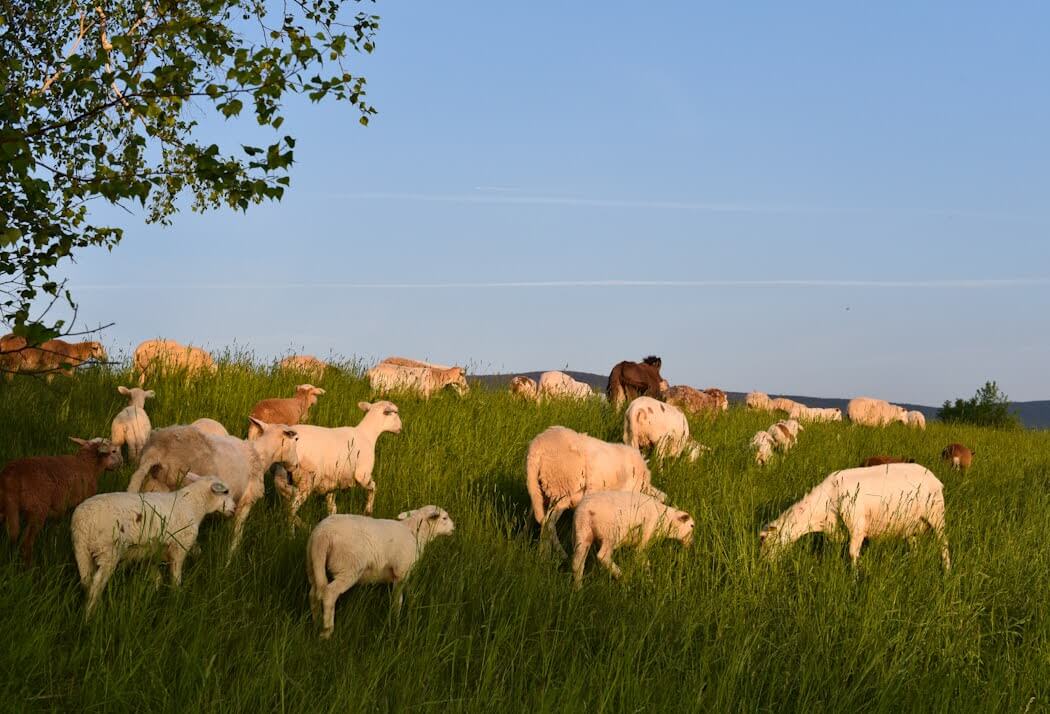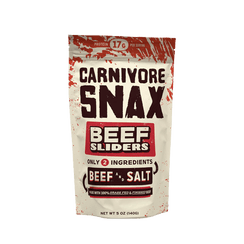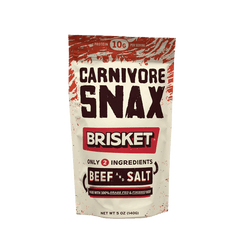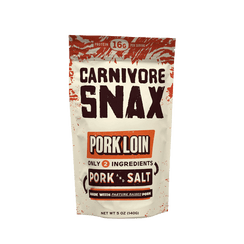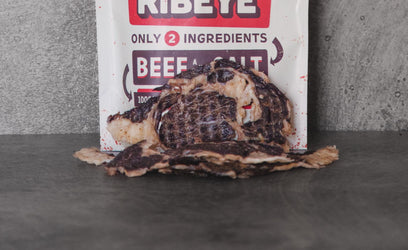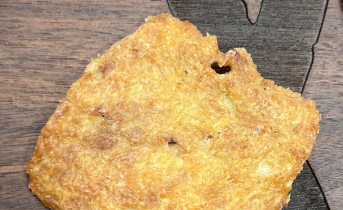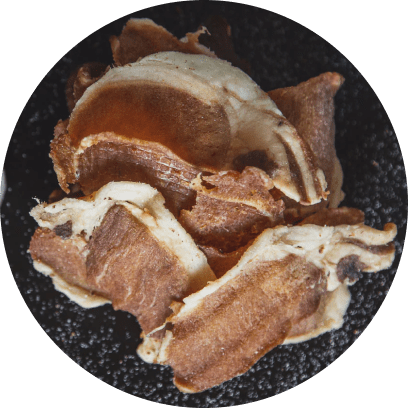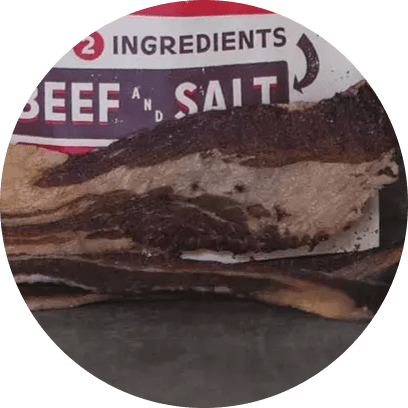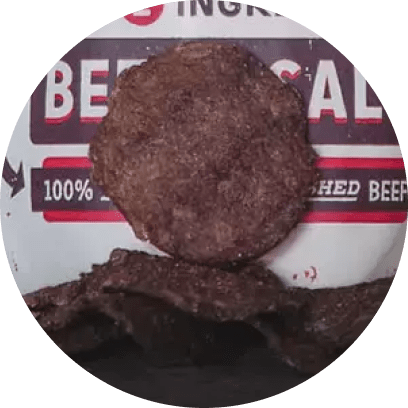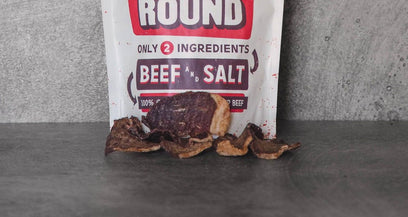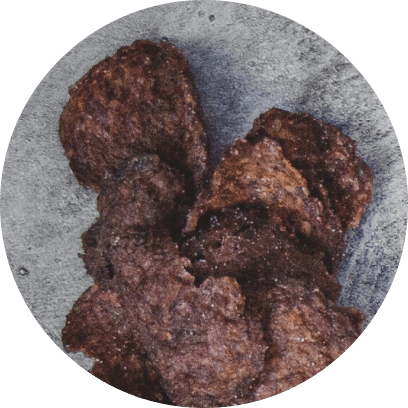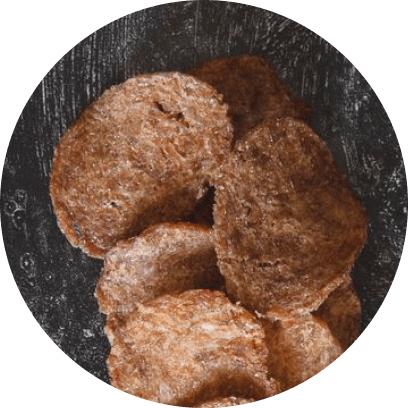THE CARNIVORE DIET BENEFITS




Have you ever wondered how a simple shift in grazing patterns or techniques could transform your entire farm? The implications are more profound than you may realize.
Welcome to the world of regenerative grazing, a practice that’s not just changing the lives of farmers, but also reshaping the lands you farm and creating healthier, happier herds all at once.
Regenerative agriculture grazing, or rotational grazing, is more than a buzzword. It's a strategic approach that can lead to healthier animals, revitalized soils, and, yes, a healthier bottom line for farmers.
But how exactly does it work? And what makes it so beneficial for the herd, the land, and, most importantly, you - the farmer? You’re about to find out.
In this guide, we will journey into the heart of regenerative agriculture to reveal how this simple change in land management can revolutionize your farm. Together, we’ll uncover why it's an essential part of a sustainable farming future.
We won’t just tease you with the benefits, either. We'll guide you through the practicalities of implementing these techniques on your own farm - from planning out patterns to overcoming potential challenges.
First things first - what is regenerative grazing? We’ll kick this conversation into gear with a regenerative grazing definition below.
What is Regenerative Grazing? Definition & Explanation of Rotational Grazing Cattle
If you’re new to regenerative agriculture in general, we need to answer a much more broad question first: what is regenerative farming?
This is an approach to food production that focuses on restoring our lands and creating better outcomes for farmers, consumers, herds, and of course, future generations. This approach eliminates the need for many of the harmful commercial farming inputs - fertilizers, pesticides, tilling, and more.
Instead, regenerative farmers get back to basics - using techniques like cover cropping, no-tillage, composting and mulching, agroforestry, crop rotation, and of course, regenerative agriculture grazing. So, with all that said, what is regenerative grazing?
Regenerative Grazing Definition
Often referred to as rotational or managed grazing, this is a livestock management practice at the heart of regenerative agriculture.
It's an approach that mimics natural grazing patterns to regenerate soils, enhance biodiversity, and increase resilience to climate change. The goal is to create a self-sustaining system that continually improves the health of the land, the animals, and the profitability of farms.
Unlike conventional grazing, where livestock is allowed to graze freely over a large area for an extended period, this technique involves regularly moving the animals to fresh pastures. This practice ensures that no area is overgrazed, and that each section of pasture gets ample rest and recovery time.
We touch on this tactic in our complete guide to regenerative cattle farming - but below, we’ll take a deeper look at how it works.
How Rotational Grazing Works
The principle behind regenerative agriculture grazing is simple yet effective. It involves dividing a pasture into smaller paddocks or sections. Livestock are then moved from one paddock to another on a rotational basis, depending on the growth rate of the pasture and the grazing needs of the livestock.
The timing of the rotations is crucial. The idea is to move the animals when they've grazed down the plants enough to stimulate new growth, but before they've overgrazed, which could stress the plants and soil. This frequent moving prevents overgrazing, promotes grassland biodiversity, and allows pastures to recover before they are grazed again.
Furthermore, the animals’ manure and urine, distributed during grazing, serve as natural fertilizers, returning essential nutrients to the soil. This leads to healthier, more fertile soils and robust, diverse pastures that can support more animals and withstand drought, pests, and diseases.
The result? A win-win scenario for the land, livestock, and farmer, with healthier animals, improved soil health, increased carbon sequestration, and ultimately, more sustainable and profitable farming. Let’s expand this conversation by looking at the extensive list of benefits that arise from regenerative agriculture grazing below.
Why Regenerative Agriculture Grazing is Beneficial for the Herd, the Land, and the Farmer
In general, the regenerative agriculture benefits are vast. And, many of these are attributed to the integration of managed grazing specifically.
So, let’s take a look below at why farmers everywhere are taking a more serious stance on rotational grazing - working tirelessly to implement it on their own farms.
Benefits for the Herd
This practice fosters healthier and happier livestock. By regularly moving the herd to fresh pastures, animals have continual access to a diverse range of nutritious grasses and plants, contributing to a more balanced diet.
This diversity can lead to improved herd health, increased weight gain, and enhanced resistance to disease. Moreover, regular movement reduces the risk of parasite infestations that can occur in stationary herds, further contributing to overall animal health.
This was how animals grazed on their own naturally before humans intervened - and getting back to basics creates a more favorable environment for the cattle, sheep, or other livestock being grazed.
Benefits for the Land
It’s also a powerful tool for land restoration. The process of grazing, followed by a period of rest, stimulates plant growth and enhances soil health.
It increases the organic matter in the soil, which improves soil fertility and water retention, reducing erosion and runoff. The livestock's natural fertilizing process (through manure and urine) contributes to nutrient cycling, enriching the soil further.
All of this is a major reason why regenerative agriculture is important. But, the benefits don’t end there - the farmer stands to gain financially as well.
Benefits for the Farmer
Farmers implementing these practices can experience numerous benefits, including increased profitability. Healthier, more productive livestock can lead to higher yields and better quality products, translating to improved market value.
By marketing your livestock as “rotationally grazed”, you can command a higher price at market. Consumers recognize that this is a more ethical approach to farming, and are willing to pay more to support farmers that implement it.
Additionally, the enhanced soil fertility and pasture health reduce the reliance on costly inputs like synthetic fertilizers, pesticides, and supplemental feed. Over time, as the land becomes more resilient, farmers may also experience less damage and fewer losses from weather extremes, pests, and diseases.
Lastly, regenerative grazing can contribute to an improved quality of life for farmers. The practice promotes a more balanced, harmonious relationship with the land, creating a more satisfying and sustainable farming lifestyle.
As stewards of the land, farmers can take pride in knowing they're part of the solution to restore our lands, support biodiversity, and contribute to a healthier planet. So - let’s take a look at how you can implement regenerative agriculture grazing on your farm.
How to Graze Cattle on Regenerative Farms: Implementing Rotational Grazing Techniques
As you can see, managed grazing holds a multitude of benefits that extend beyond the pasture, influencing the well-being of the herd, the health of the land, and the profitability and lifestyle of the farmer.
If you’re a farmer yourself, you’re probably wondering how to graze cattle on regenerative farms yourself. Below, we’ll cover the basics to point you in the right direction.
Step-by-Step Guide to Implementing Rotational Grazing
Obviously, the nuances of implementing regenerative grazing on your farm are far more complex than we have time for today. You’ll want to invest in yourself by seeking professional guidance as you make this transition to regenerative agriculture grazing. Still, we’ll offer a 30,000-foot step-by-step guide on getting started below:
- Assess your land and resources: Before starting, understand the current state of your pastures. How many acres are available for grazing? What is the quality and diversity of forage? Do you have access to water in each grazing area? These factors will influence your grazing plan.
- Define your grazing areas: Divide your pastures into smaller paddocks or grazing areas. The size and number will depend on your herd size, forage availability, and grazing goals.
- Start grazing: Begin by moving your herd to the first paddock. Monitor the herd and the forage closely during this period.
- Move the herd: Once the forage in the first paddock has been grazed down to an optimal level (usually about half the plant height), move the herd to the next paddock. The first paddock now enters a rest period to recover and regrow.
- Repeat the process: Continue this cycle, regularly moving the herd to fresh paddocks and allowing grazed areas to rest and recover.
As mentioned earlier, rotational grazing is all about timing. So, let’s progress this conversation below by helping you come up with a managed grazing plan.
Creating a Grazing Plan: Timing, Duration, and Intensity
Creating an effective regenerative agriculture grazing plan involves determining the timing, duration, and intensity of grazing.
Again - this is something you should enlist professional guidance for, as your farm and livestock are a unique situation we know nothing about. With that said, the principles behind creating and executing a regenerative agriculture grazing plan are fairly straightforward:
- Timing: Aim to move your herd when forage in the current paddock has been grazed down to an optimal level, but before it becomes overgrazed. This usually means moving the herd every few days to a week, but timing can vary based on your specific conditions.
- Duration: The time your livestock spends in each paddock should be long enough for them to graze the majority of the forage but short enough to prevent overgrazing.
- Intensity: This refers to the number of animals grazing a particular area. Higher intensity can lead to more uniform grazing and trampling, which can benefit soil health. However, it's important to balance intensity with the need to prevent overgrazing.
Before we bring this conversation on how to graze cattle on regenerative farms, we want to make sure you’re fully prepared to face a few hurdles along the way…
Overcoming Challenges in Rotational Grazing
Adapting your herd to the new routine, setting up fencing and water systems for multiple paddocks, or dealing with variations in forage growth throughout the year. These are just a few of the roadblocks you should expect to deal with in your efforts to transition to rotational grazing. Here are some strategies to overcome these challenges:
- Start small and adapt: Begin with a simple system and few paddocks, and expand over time as you learn and adapt to this new approach.
- Invest in portable infrastructure: Portable fencing and water systems can provide flexibility and make it easier to adjust your grazing plan as needed.
- Monitor and adjust: Regularly observe your herd, your forage, and your land. Use what you learn to continually adjust and improve your grazing plan.
- Seek advice and learn from others: Connect with other regenerative farmers, attend workshops, or seek advice from agricultural extension services. Learning from others' experiences can help you avoid common pitfalls and accelerate your progress.
You can learn more about how to do regenerative agriculture - including implementing regenerative agriculture grazing - in our complete guide. Speaking of which, let’s talk about some other techniques that will complement your regenerative grazing efforts before putting the discussion to bed.
Other Techniques to Implement Beyond Regenerative Grazing
If you’re serious about making this transition (and you should be), our article on regenerative farming techniques is worth reading. But below, we’ll touch on some of the most crucial methods that go into regenerative farming beyond rotational grazing:
- Cover Cropping: Cover crops are plants grown primarily for the benefit of the soil rather than for crop yield. They help to increase soil fertility, prevent erosion, manage water, pests, and diseases, and promote biodiversity. Cover crops can also provide additional forage for your livestock during times when your main pasture may be scarce.
- Composting: Composting is the practice of converting organic waste materials into a rich soil amendment. This can be a great way to recycle nutrients on your farm, improve soil health, and reduce reliance on synthetic fertilizers.
- Integrated Pest Management (IPM): This approach focuses on the long-term prevention of pests or their damage through a combination of techniques such as biological control, habitat manipulation, and modification of cultural practices. Chemicals are used only after monitoring indicates they are needed and are applied in a manner that minimizes risks to human health, beneficial organisms, and the environment.
- Crop Rotation: This involves changing the type of crops grown in a particular area each year or season to disrupt pest cycles, improve soil health, and increase crop diversity. Crop rotation can work in tandem with your grazing plan. For example, after harvesting a crop, you might graze livestock on the residues, adding manure to the soil and reducing waste.
- No-Tillage: This practice minimizes soil disturbance, which helps to maintain soil structure, increase water retention, and reduce erosion. It also allows for the build-up of beneficial soil organisms, enhancing soil health and fertility over time.
When implemented together, these techniques can create a resilient, self-sustaining system that promotes healthy soils, robust crops, and thriving livestock. The result is a farm that's not just sustainable, but regenerative - actively working to restore and enhance our precious land resources.
Wrapping Up Our Guide on Regenerative Agriculture Grazing
We hope this detailed breakdown of regenerative grazing provided you with clarity on not just what this practice is, but why it’s so important. Armed with our tips on how to graze cattle on regenerative farms, you can now take steps to work towards a more sustainable, harmonious farm yourself.
If you want to learn more, read our articles on the history of regenerative agriculture, how regenerative agriculture sequesters carbon, regenerative agriculture vs permaculture, or how to support regenerative agriculture yourself as a consumer.
Further to that last resource, it’s crucial that our society adopts and advocates for regenerative farming across the world. The benefits and implications of a food supply chain that is 100% regeneratively sourced are profound. You can do your part today by putting your money where your mouth is - buying meat crisps here at Carnivore Snax.
These are often referred to as meat pastries because they melt in your mouth, giving way to tantalizing flavors that you’ll crave time and time again. With just 2 ingredients - meat and salt - these are undoubtedly the best low-carb snack you can have in your arsenal.
And, we have so many different cuts to choose from - ribeye chips, steak chips, lamb chips, beef chips, brisket chips, chicken chips, and even pork chips. So, get your carnivore chips today!










